Alberto Kalach and Grupo Habita’s Hotel Terrestre scoops Wallpaper* Design Award 2022
Featuring sustainable architecture, 360-degree vistas of sea, jungle and mountains, and a considered take on luxury, Puerto Escondido’s brand new Hotel Terrestre is Wallpaper’s Best Hotel for 2022
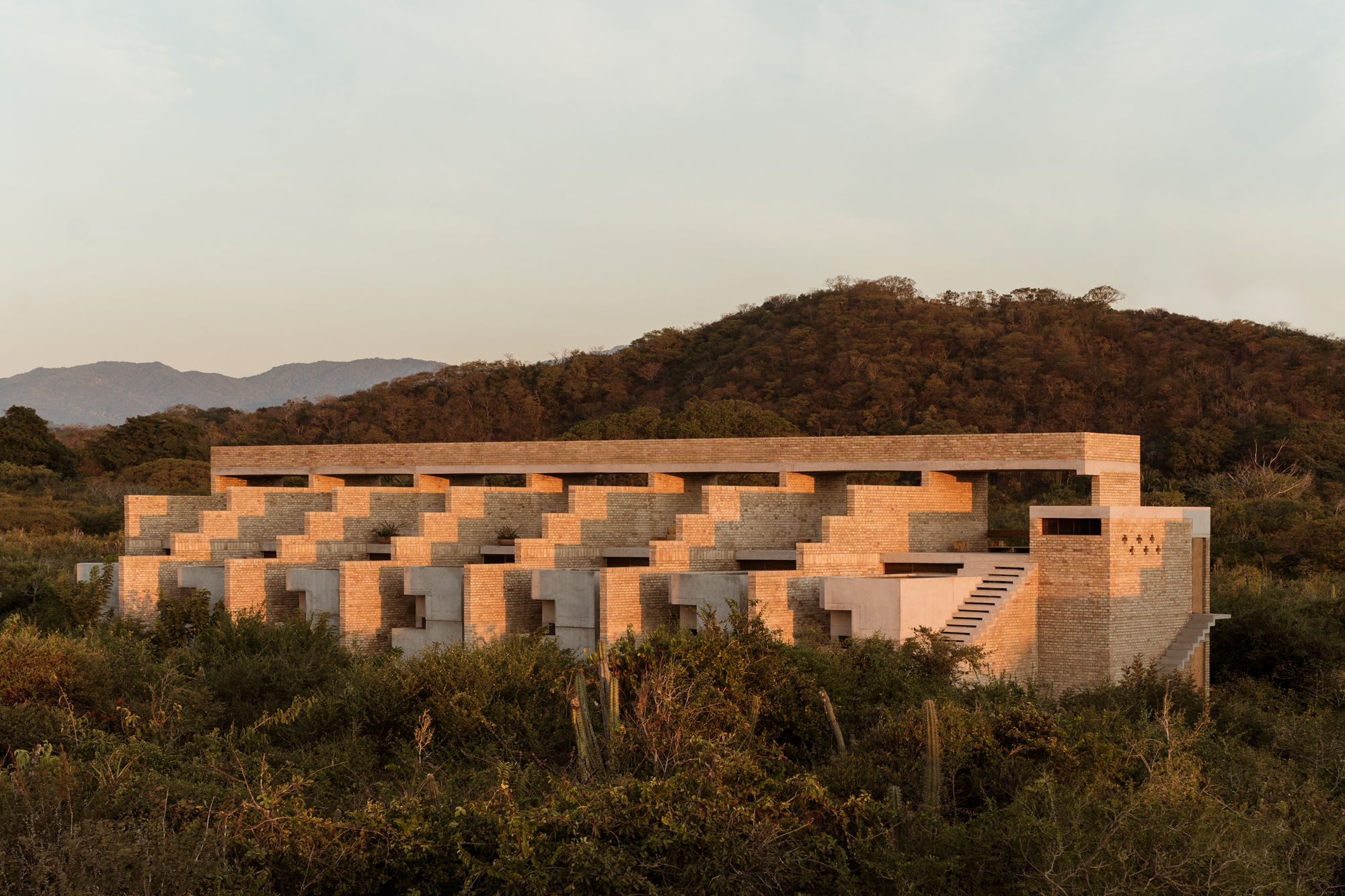
Fabian Martinez - Photography
Hotel Terrestre peeks out of the rich foliage of Mexico’s Puerto Escondido, earthy, strong, almost elemental, and at the same time otherworldly. The building, although newly opened, appears to belong to the land, like it’s always been there. It’s just as its architect, Mexico City-based Alberto Kalach, intended: ‘The constructions are tucked into the landscape, as if they were there for hundreds of years. A certain ancient but also futuristic feeling characterises the architecture. One hundred per cent solar-powered, and low-energy consumption, it plays with the sun and the wind.’
Commissioned for Mexican boutique hospitality developer Grupo Habita, the hotel is tucked into the landscape of this idyllic west coast resort region, sharing a beach with neighbours such as artist Bosco Sodi’s Casa Wabi by Tadao Ando, and Federico Rivera Rio’s Hotel Escondido. All overlook the Pacific Ocean and Oaxaca’s mesmerising green-blue mountains, uniting 360-degree vistas of sea, jungle and sierra.
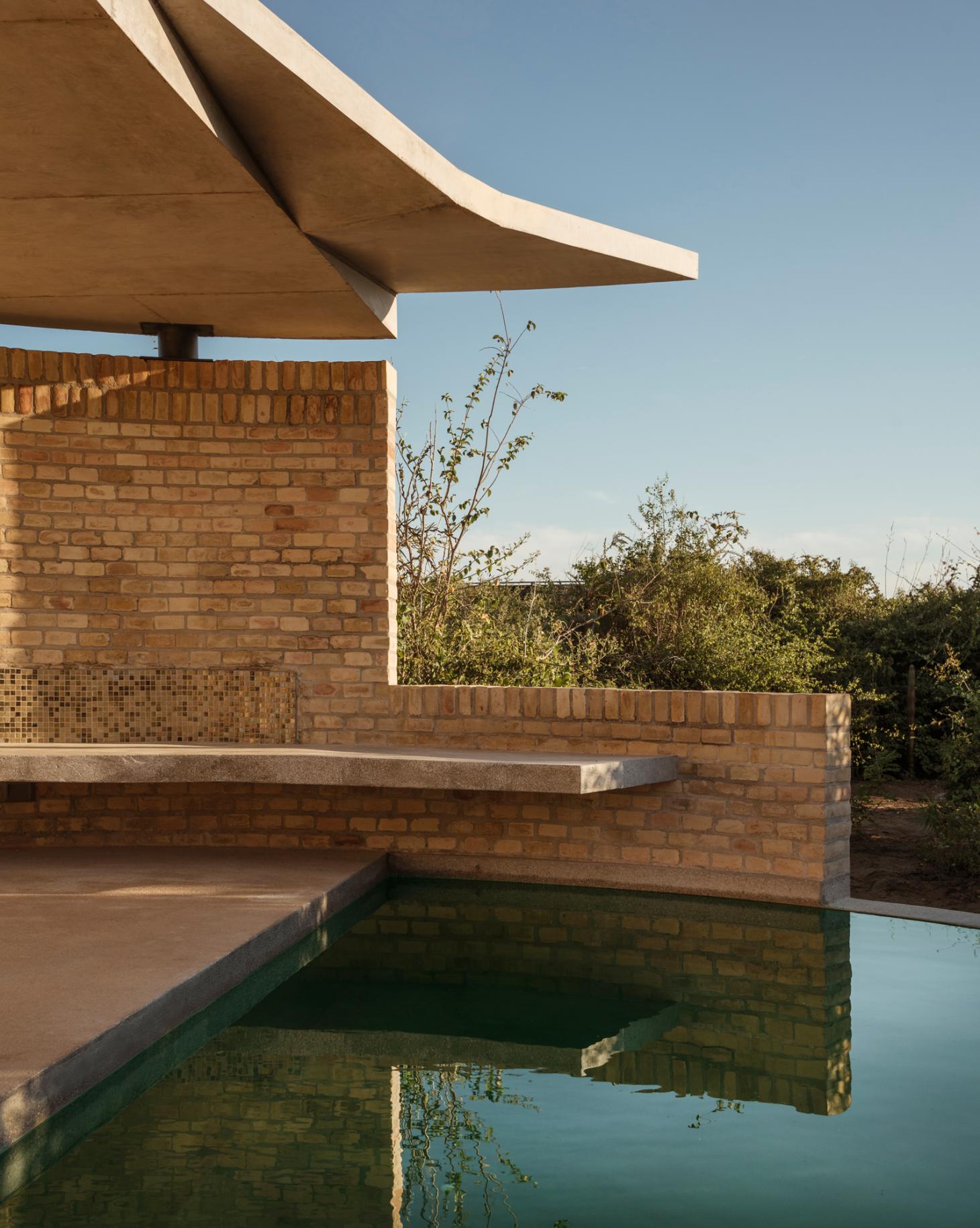
A dive pool in one of the 14 suites of Hotel Terrestre, each overlooking the garden, with the Pacific Ocean in the foreground
Indeed, when Grupo Habita’s co-founder, Carlos Couturier, first imagined his new outpost in this rich part of Mexico, it was this balance of the natural and the somewhat mystical that he had in mind – his thought process also explains the hotel's name. ‘Terrestre is not a hotel. It is a journey. Conceived based on the principle of how “aliens” would imagine life of humans (terrestres) on the planet,’ he says. ‘We, as humans, are obsessed with life in other galaxies, in faraway satellites or planets. But, how weird are we (terrestres) through the eyes of aliens? The Earth and nature are our most valued assets as human beings. ‘Terrestre is a share of this paradise called Earth. Our goal is to preserve and enhance our land. To rethink wellness.’
Existing venues by the same group include Mexico City’s Habita, designed by Enrique Norten and Bernardo Gómez-Pimienta, Habita MTY in Monterrey (Best new hotel in the Wallpaper* Design Awards 2010) with interiors by Joseph Dirand Architecture, and The Robey in Chicago, designed by Belgian collaborators Nicolas Schuybroek Architects and Marc Merckx Interiors. Kalach’s other project for Grupo Habita, also in the area, the restaurant Kakurega Omakase, scooped the Best Hideaway gong at the Wallpaper* Design Awards 2021. All the locations demonstrate the same ambition and sensitivity, while placing the visitor experience and a considered take on luxury at the heart of each scheme.
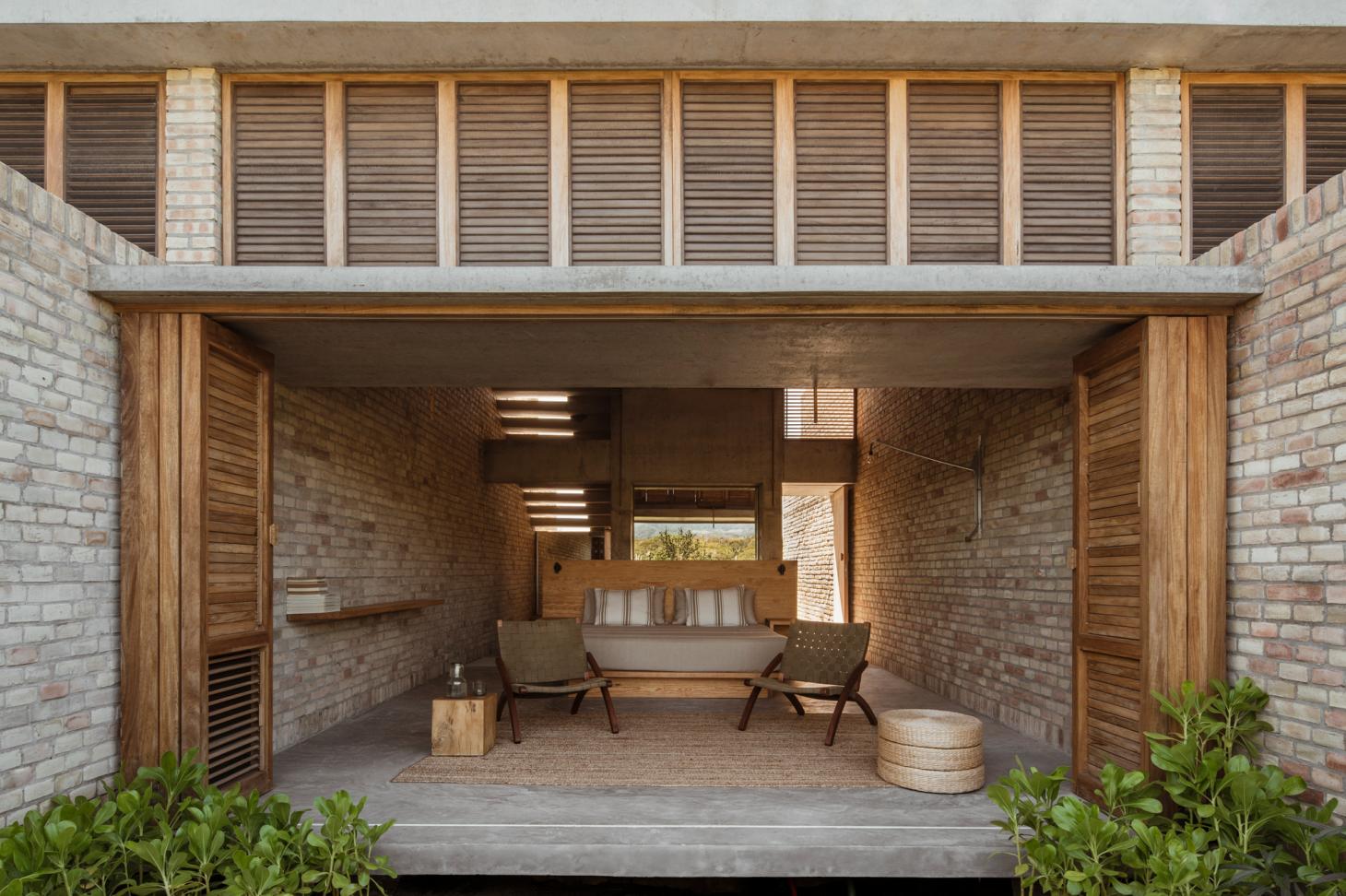
A suite at Hotel Terrestre, featuring a pair of 'Ruiseñor' (Mockingbird) chairs in tzalam wood and cotton, designed by Oscar Hagerman and manufactured by Canto Artesanos
Kalach is dedicated to crafting buildings that are in tune with nature and follow principles of sustainable architecture. His past works, such as the arch-defined Casona Sforza in the same region, and a private home in Valle de Bravo (W* May 2020), showcase this well, employing natural materials and minimising energy consumption. He designed Terrestre in the same spirit, using a range of eco strategies. There’s passive cooling, solar panels and locally sourced materials, and the whole is engulfed in native planting, such as copales, burseras (palo mulato), mesquites, thevetia, tabebuias, lantanas, and a variety of bromeliads and orchids. An ecosystem of birds and butterflies makes its home there, fluttering between the structure’s textured, sandy brick walls and tropical macuil hardwood shutters.
RELATED STORY
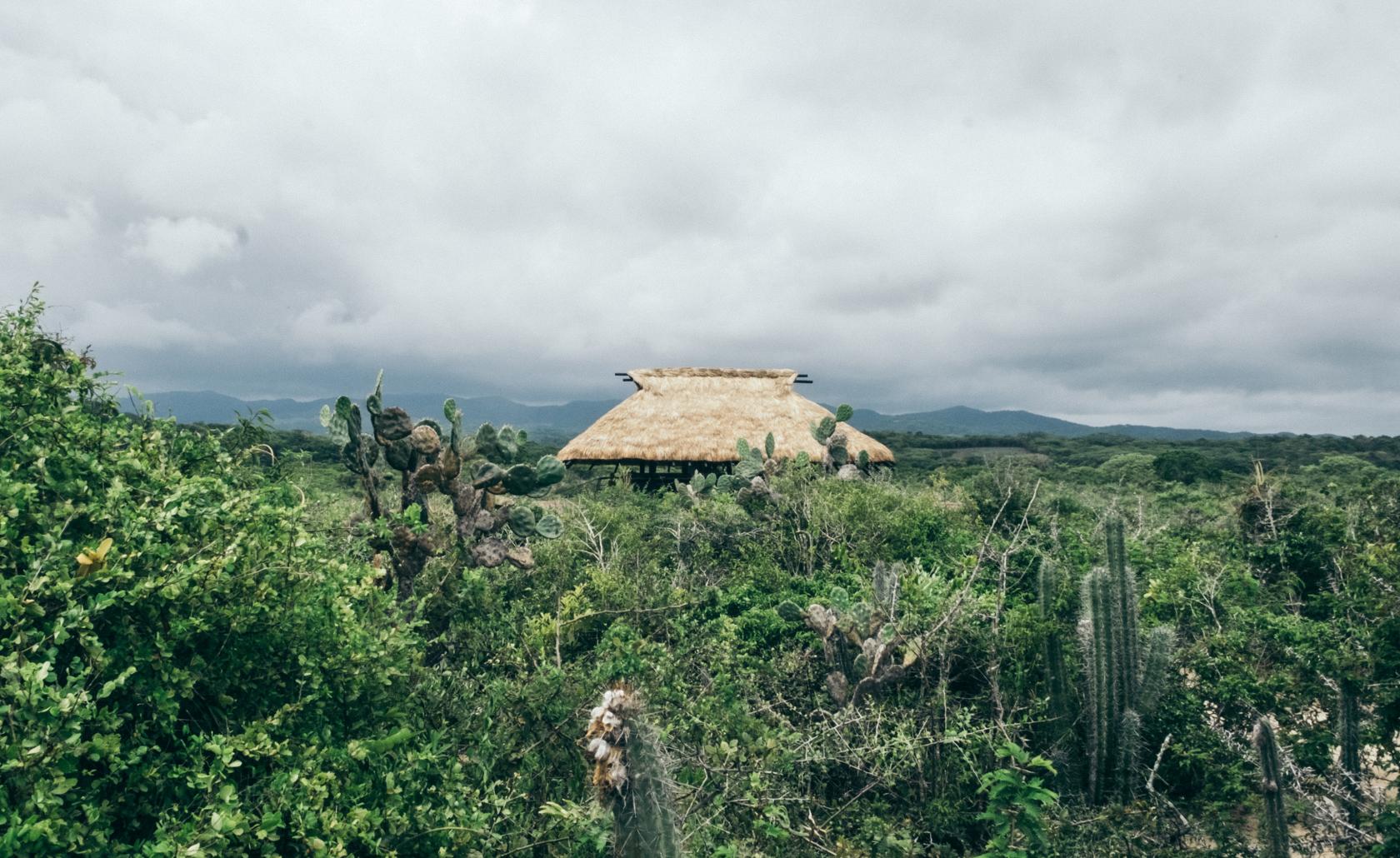
Terrestre features 14 rooms, which are situated in low, independent bungalow villas, each of which has a private sand and flower garden, an open-air shower, a generous bedroom and a rooftop with a pool and panoramic views. All are the same, placed in a row, ensuring all guests have an equal, top-quality experience. Two circular bathing pools in the grounds are enclosed within tall walls and not only offer an opportunity for a secluded dip, but also act as a stargazing spot at night and add another important dimension to the complex. ‘Water is the other element that runs through the garden, creating ponds, cascading showers, swimming pools and a mystic spa,’ Kalach explains. The all-day, 40-seat, open-air restaurant within the complex, also named Terrestre, is run by chefs Pamela Maudy and Geoffrey Antonino, who reinterpret the tradition of Mexican herbalism and provide a contemporary twist to local delicacies. Specialities include milpa soup (made with chepil, with corn and pumpkin flower), and plantain molotes with cheese from Istmo. A wellness centre, a library, a towering brick outdoor shower folly, and a beach bar called Lunático complete the offerings on site.
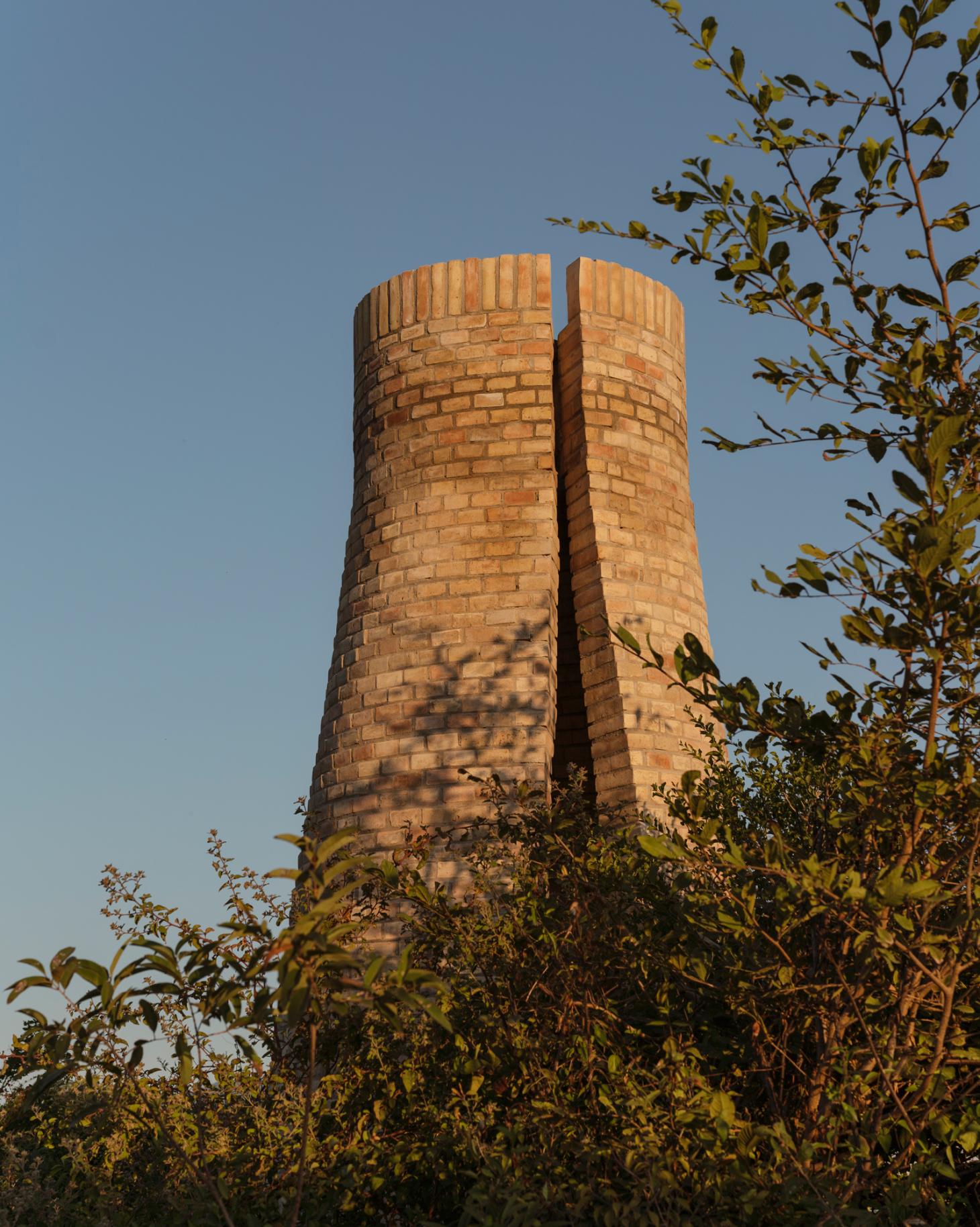
Alberto Kalach's design for the folly at Hotel Terrestre, which bears a resemblance to his chimney tower for the nearby Casa Wabi art foundation
The interiors, done in collaboration with design studio RB + K, are just as carefully considered as the architecture. They feature custom works by Mexican architect and designer Oscar Hagerman – a collaboration that marks a first for Grupo Habita. The pieces, which span from tweaks on Hagerman’s iconic ‘Ruiseñor’ chairs to several entirely new, bespoke elements, were selected for their timeless quality and references to rural Mexican furniture design. They were also all built locally, in Mexico (this attitude around locality extends to bath amenities and cooking ingredients too). ‘Terrestre is a mix of novelty and purity,’ concludes Couturier. ‘[It is] made for humans, to enjoy the luxuries of Earth.’ And this spot in the Mexican jungle, nestled next to nature, art and respectful architecture, really feels like the ideal place to do so.
Wallpaper* Newsletter
Receive our daily digest of inspiration, escapism and design stories from around the world direct to your inbox.
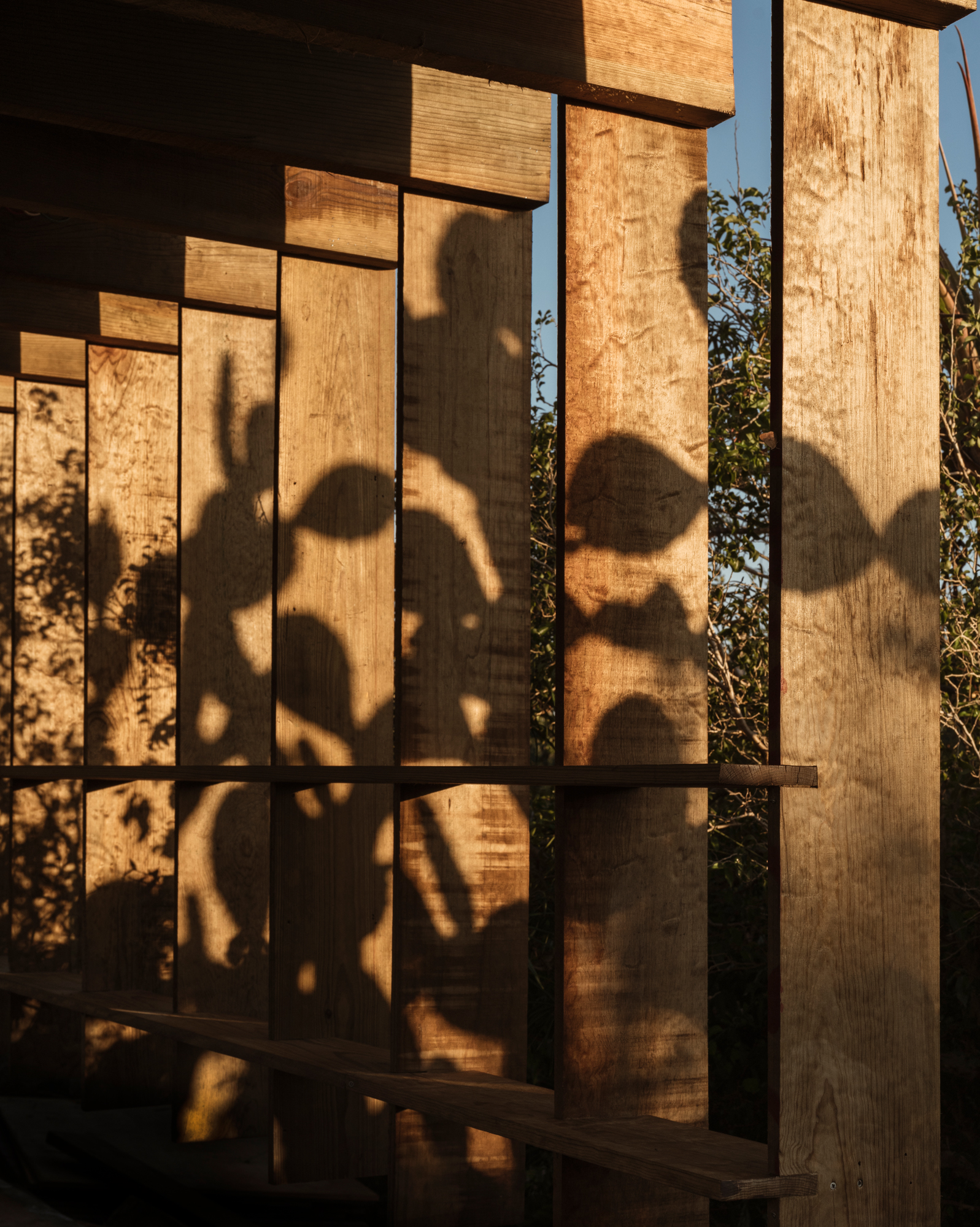
The shadow of a native nopal cactus falls on the brise soleils at Hotel Terrestre
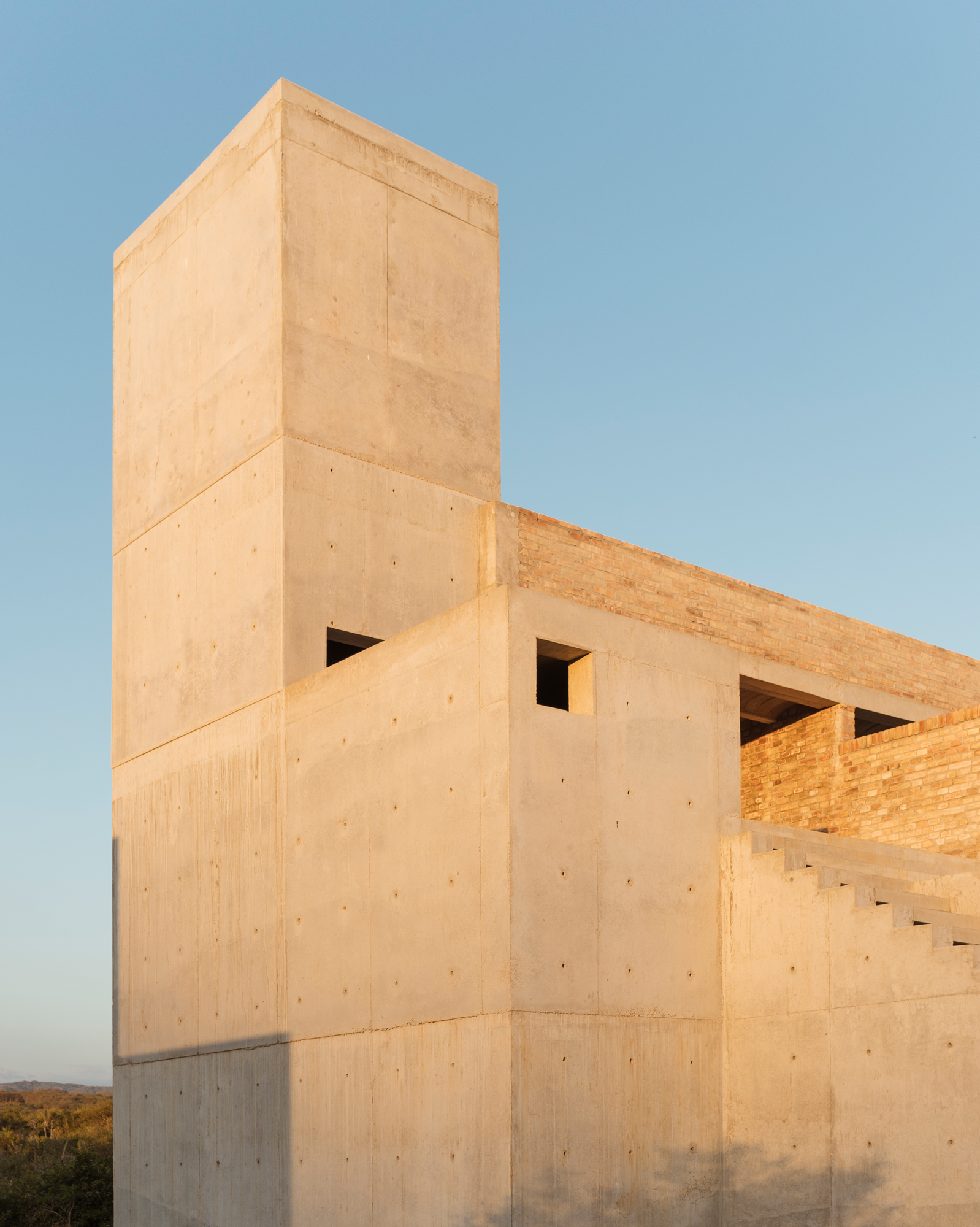
The stairs and first suite at Hotel Terrestre
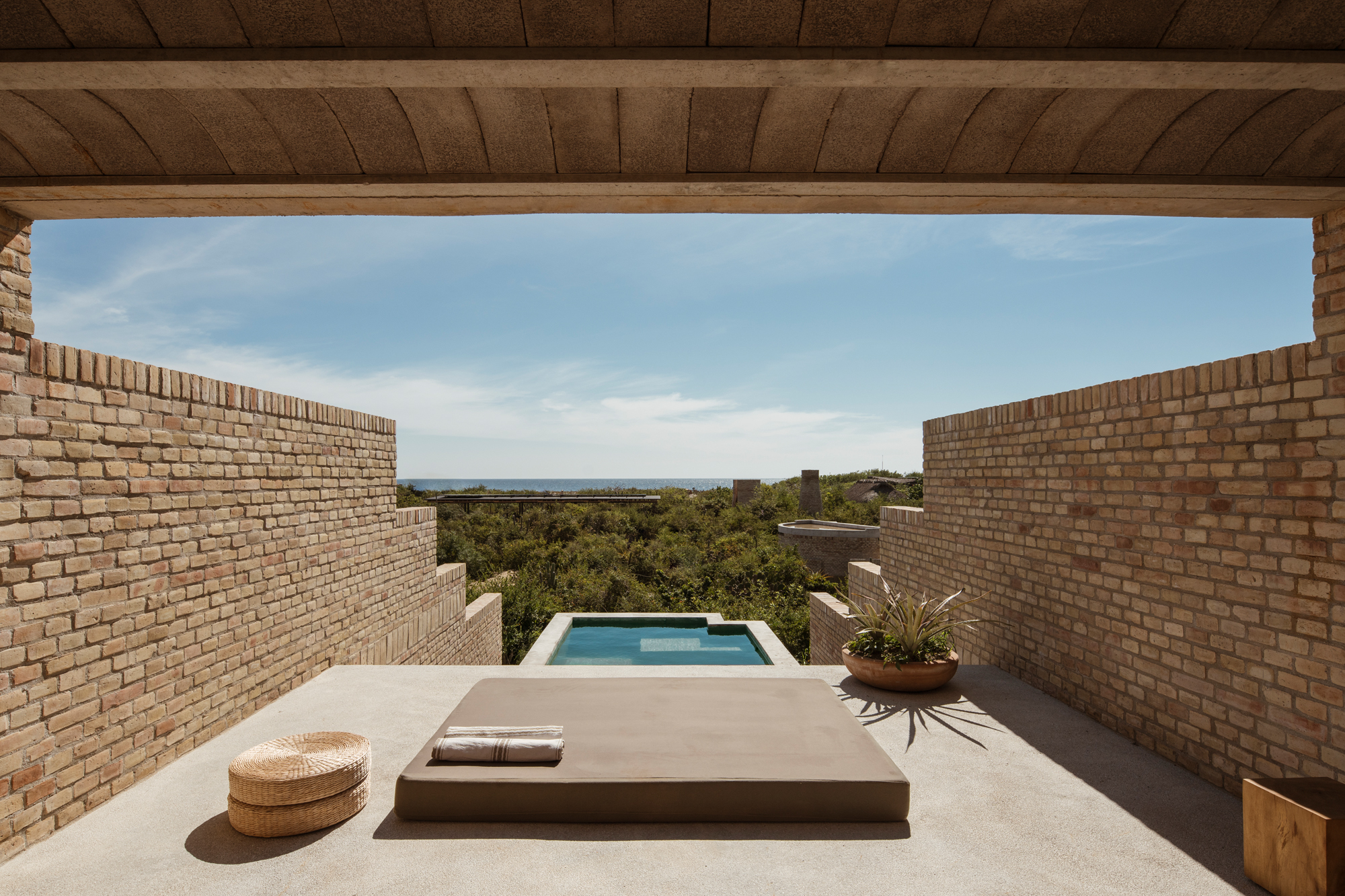
A terrace suite, featuring a king-size outdoor bed, a private pool, with unobstructed views of the jungle and the Pacific Ocean in the distance
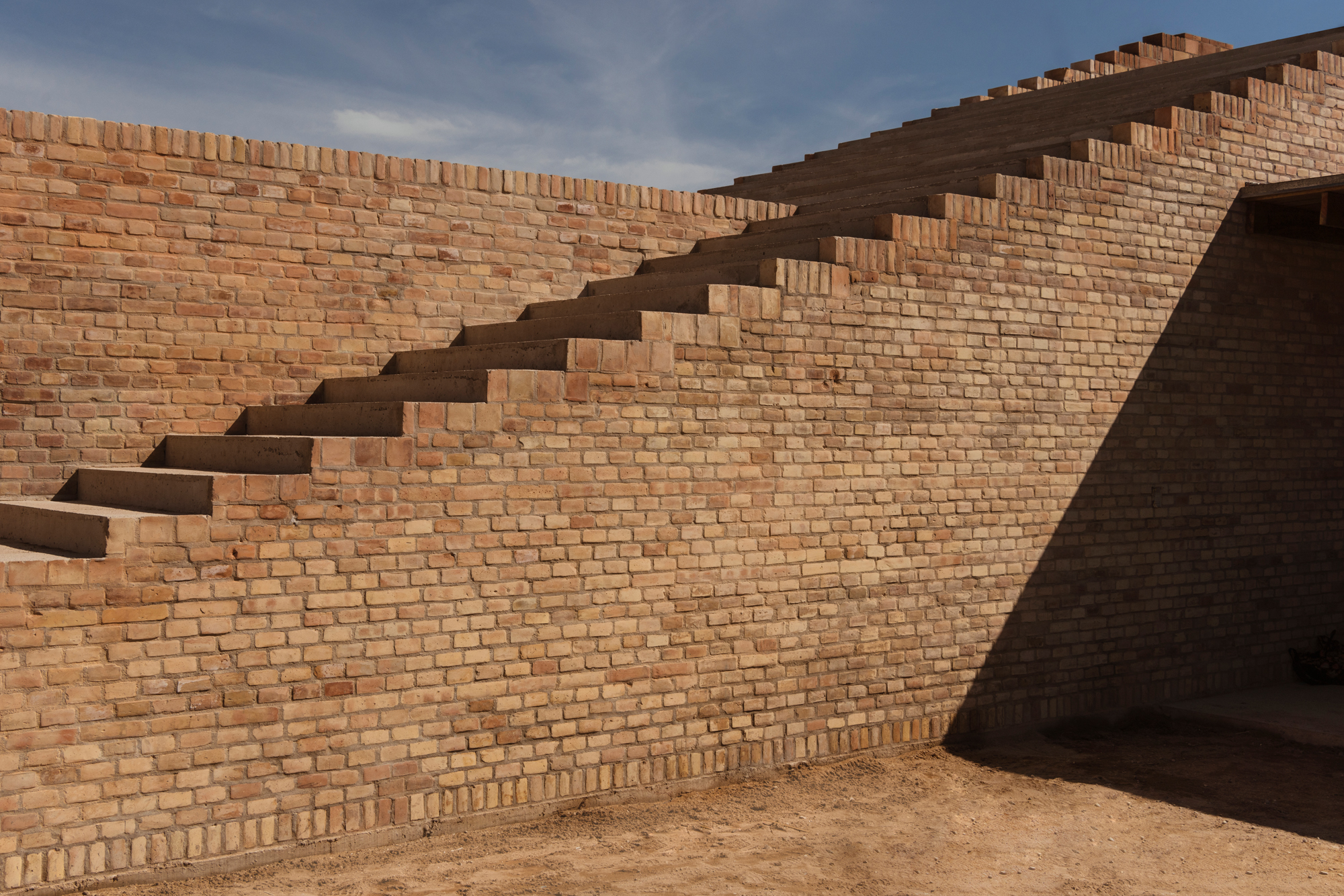
Detail of a brick stairway at Hotel Terrestre
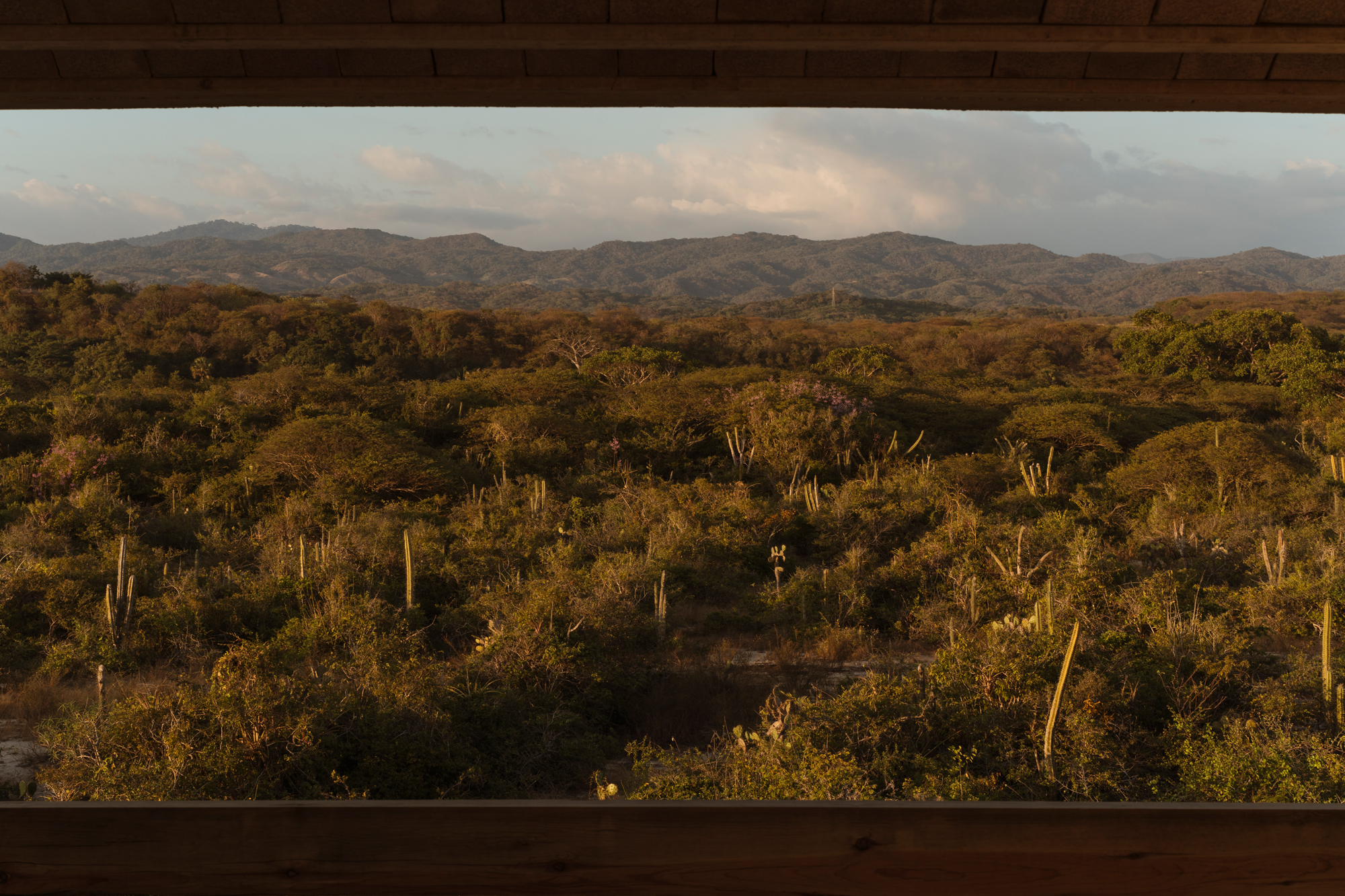
INFORMATION
This article will feature in the April 2022 issue of Wallpaper* (W*276), on newsstands from 10 March
Ellie Stathaki is the Architecture & Environment Director at Wallpaper*. She trained as an architect at the Aristotle University of Thessaloniki in Greece and studied architectural history at the Bartlett in London. Now an established journalist, she has been a member of the Wallpaper* team since 2006, visiting buildings across the globe and interviewing leading architects such as Tadao Ando and Rem Koolhaas. Ellie has also taken part in judging panels, moderated events, curated shows and contributed in books, such as The Contemporary House (Thames & Hudson, 2018), Glenn Sestig Architecture Diary (2020) and House London (2022).
-
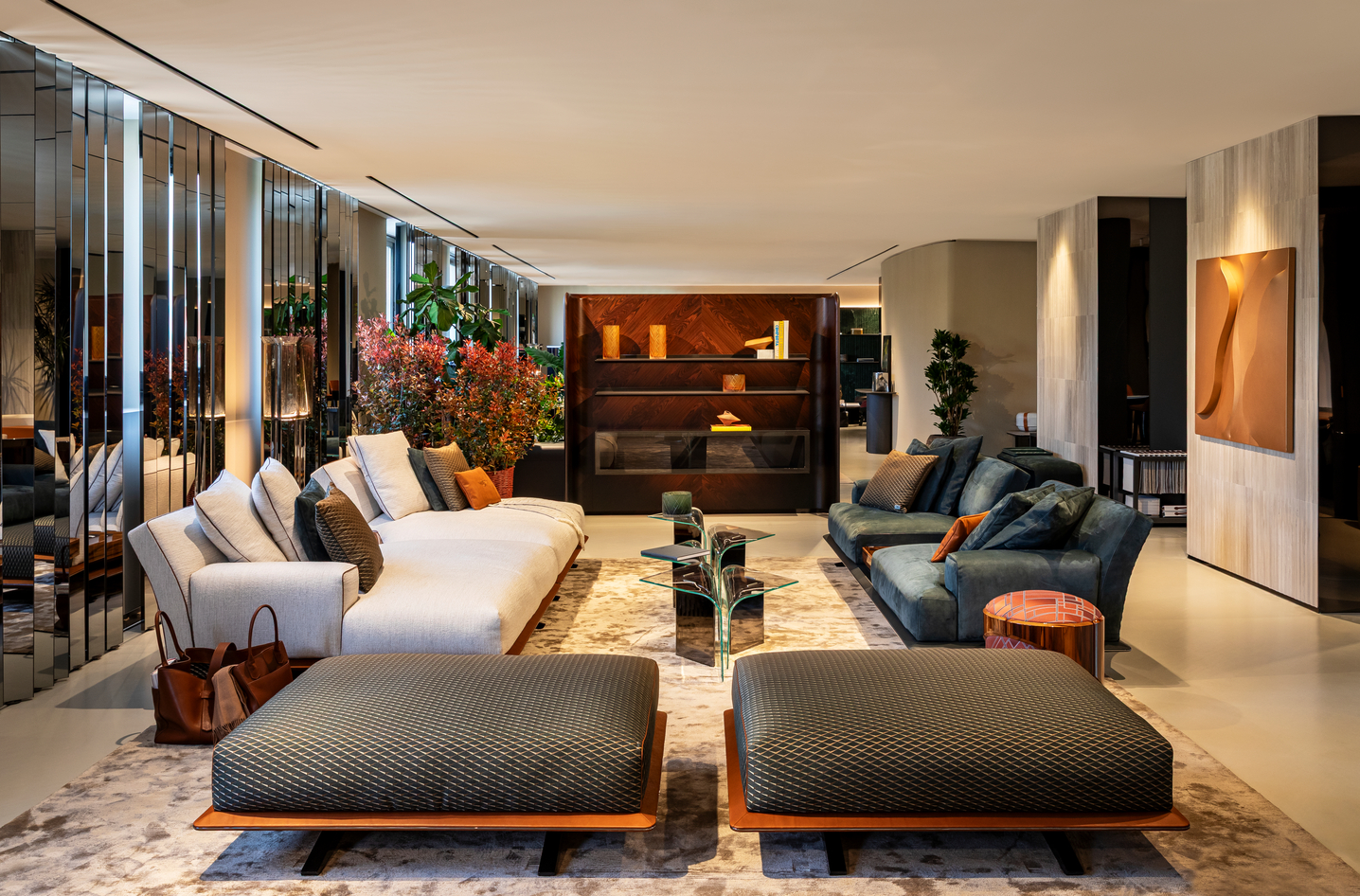 Bentley’s new home collections bring the ‘potency’ of its cars to Milan Design Week
Bentley’s new home collections bring the ‘potency’ of its cars to Milan Design WeekNew furniture, accessories and picnic pieces from Bentley Home take cues from the bold lines and smooth curves of Bentley Motors
By Anna Solomon Published
-
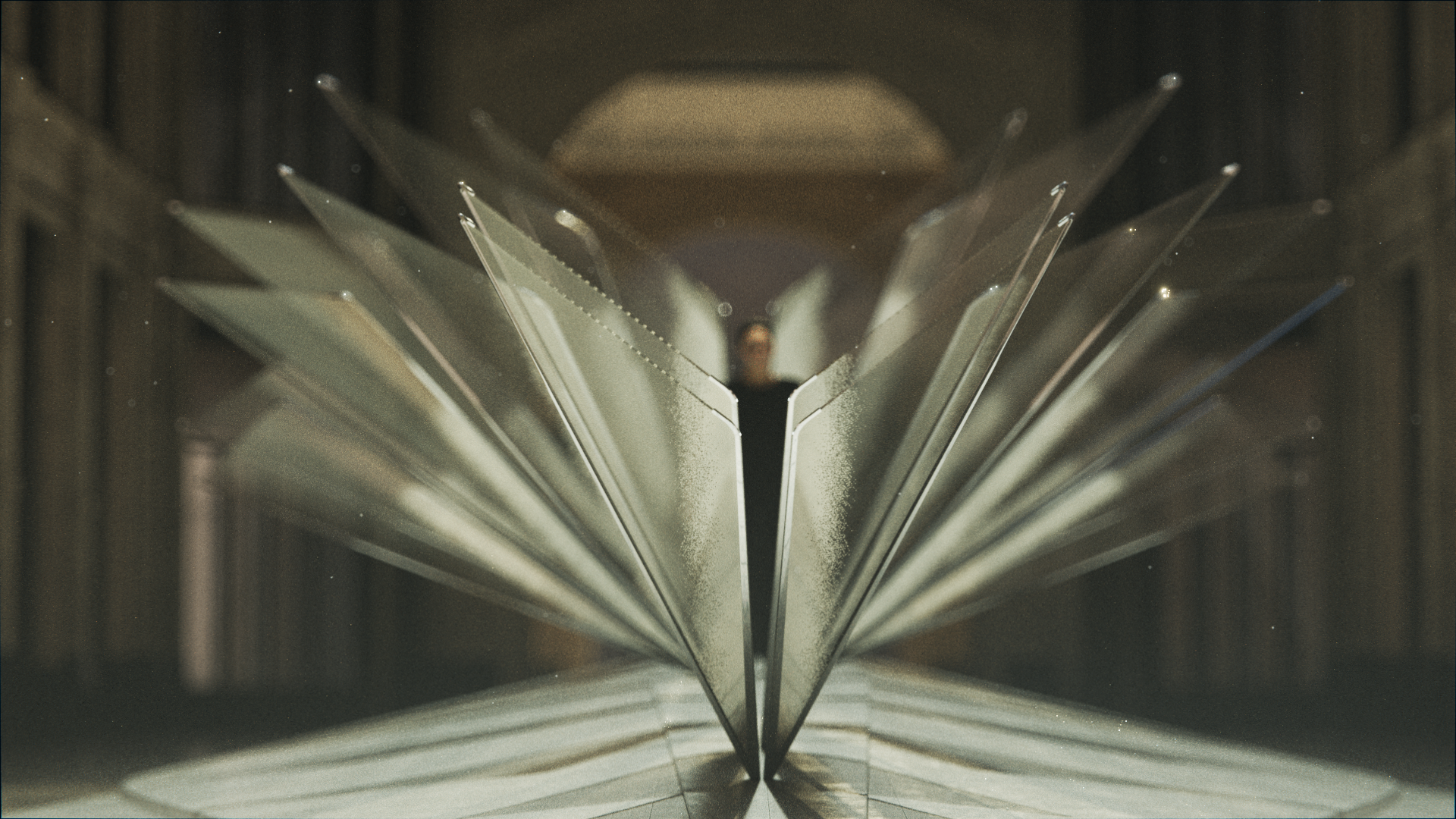 Asus chose Milan Design Week as the springboard for its new high-end Zenbooks
Asus chose Milan Design Week as the springboard for its new high-end ZenbooksMilan Design Week 2025 saw Asus collaborate with Studio INI to shape an installation honouring the slimline new Zenbook Ceraluminum Signature Edition laptop series
By Craig McLean Published
-
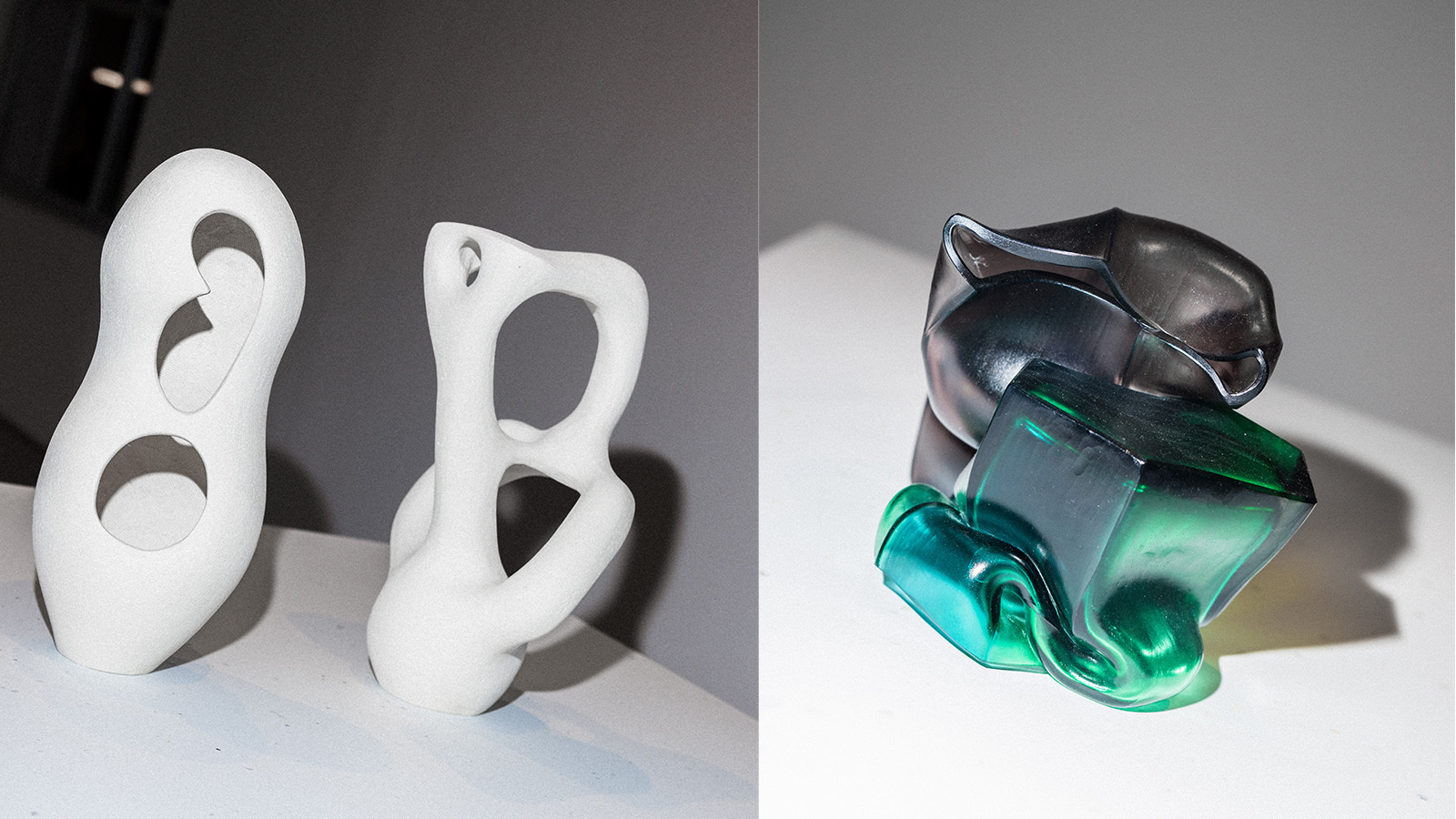 StoneX partners with Wallpaper* for material alchemy at Milan Design Week and beyond
StoneX partners with Wallpaper* for material alchemy at Milan Design Week and beyondThe natural stone purveyor teams up with Wallpaper* for a three-year partnership of material adventures, starting with an exhibition at Triennalo di Milano
By Simon Mills Published
-
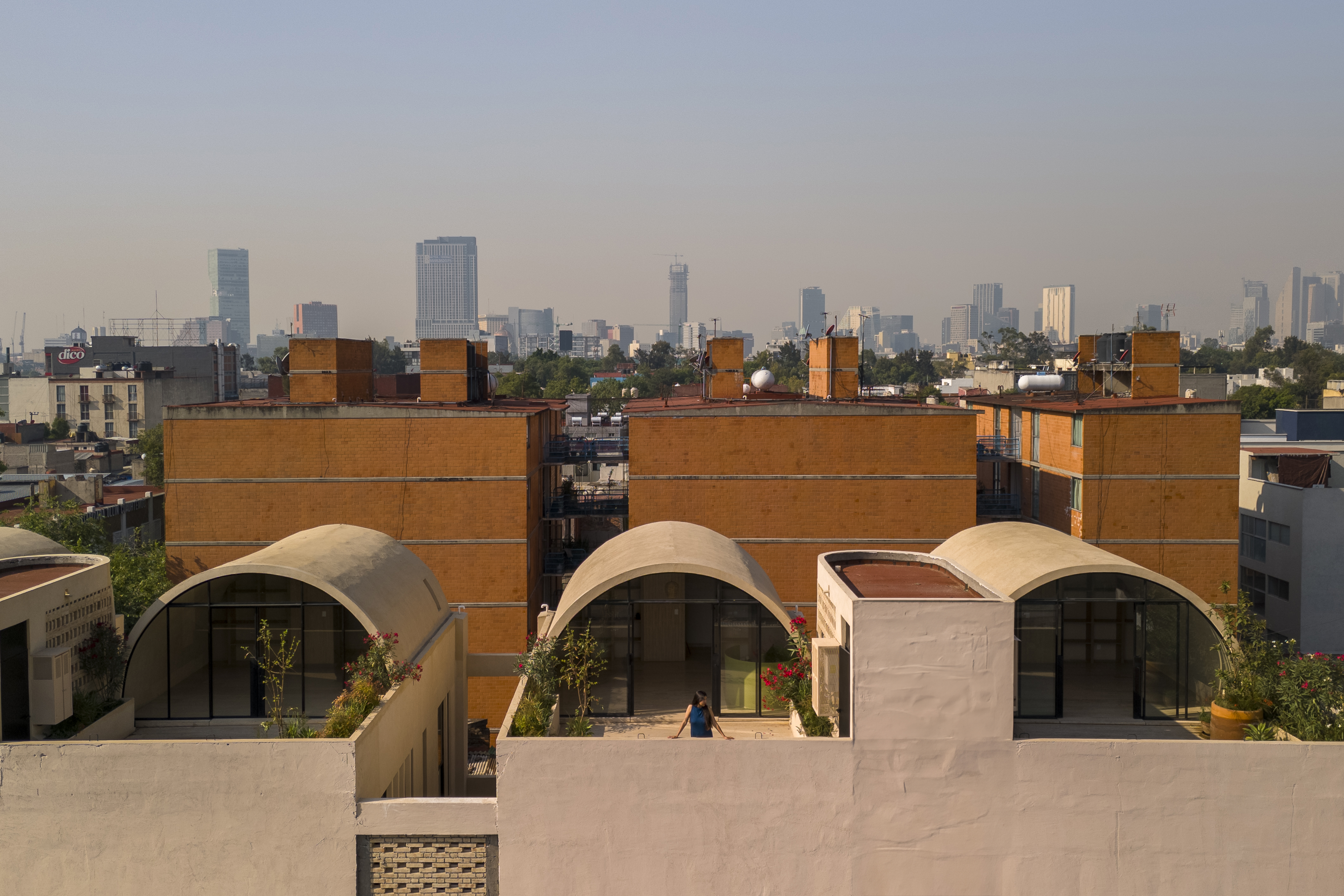 A barrel vault rooftop adds drama to these homes in Mexico City
A barrel vault rooftop adds drama to these homes in Mexico CityExplore Mariano Azuela 194, a housing project by Bloqe Arquitetura, which celebrates Mexico City's Santa Maria la Ribera neighbourhood
By Ellie Stathaki Published
-
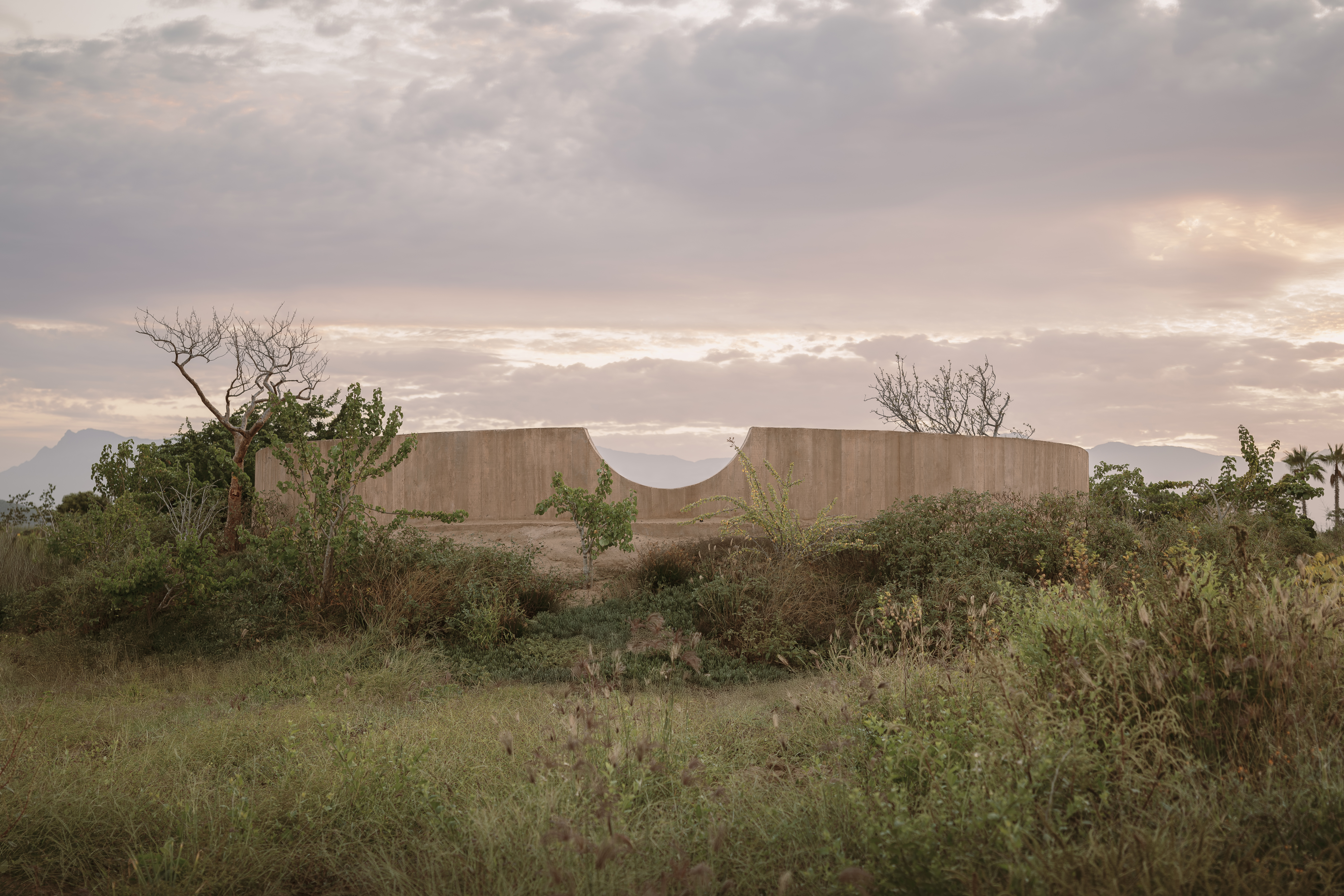 Explore a minimalist, non-religious ceremony space in the Baja California Desert
Explore a minimalist, non-religious ceremony space in the Baja California DesertSpiritual Enclosure, a minimalist, non-religious ceremony space designed by Ruben Valdez in Mexico's Baja California Desert, offers flexibility and calm
By Ellie Stathaki Published
-
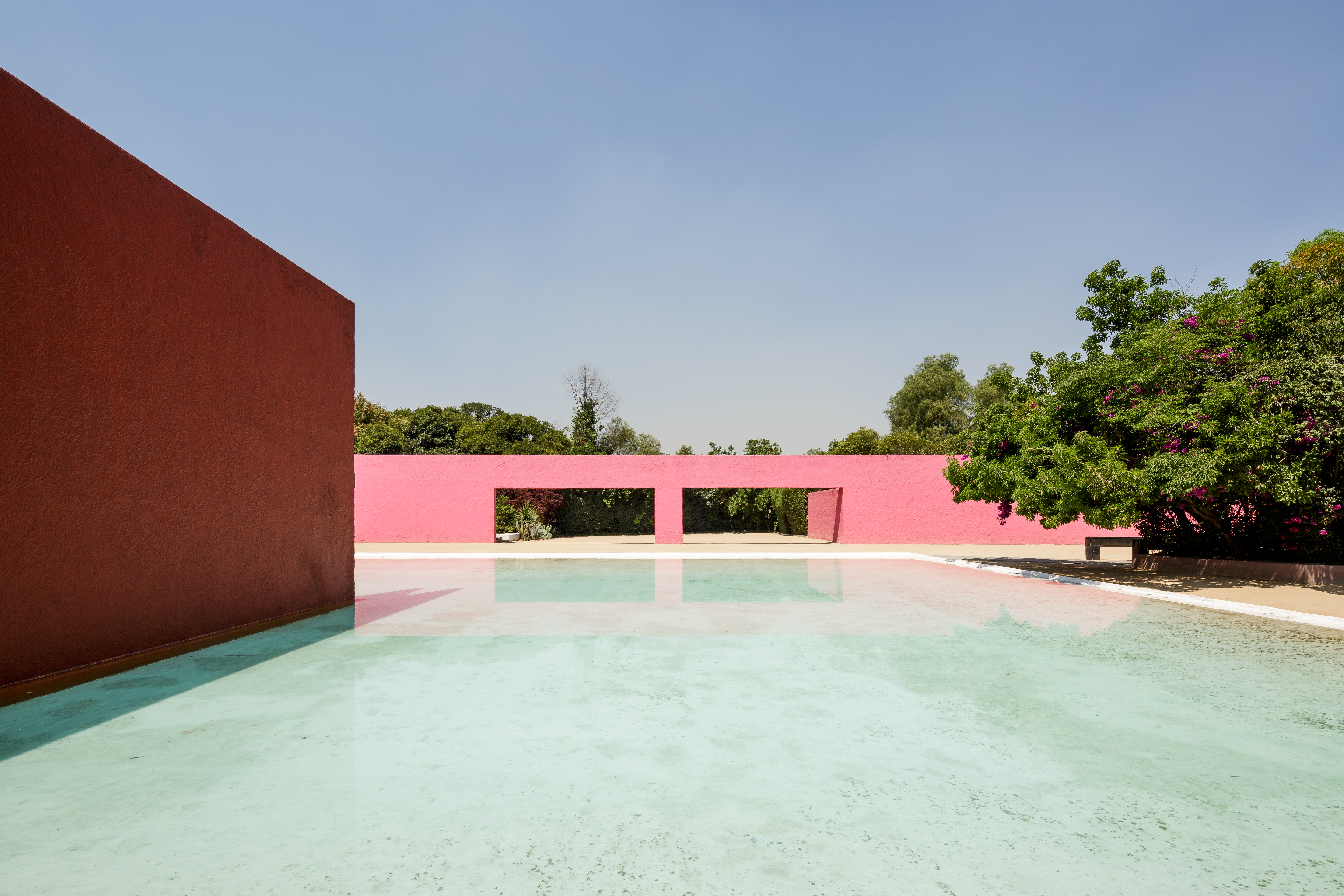 La Cuadra: Luis Barragán’s Mexico modernist icon enters a new chapter
La Cuadra: Luis Barragán’s Mexico modernist icon enters a new chapterLa Cuadra San Cristóbal by Luis Barragán is reborn through a Fundación Fernando Romero initiative in Mexico City; we meet with the foundation's founder, architect and design curator Fernando Romero to discuss the plans
By Mimi Zeiger Published
-
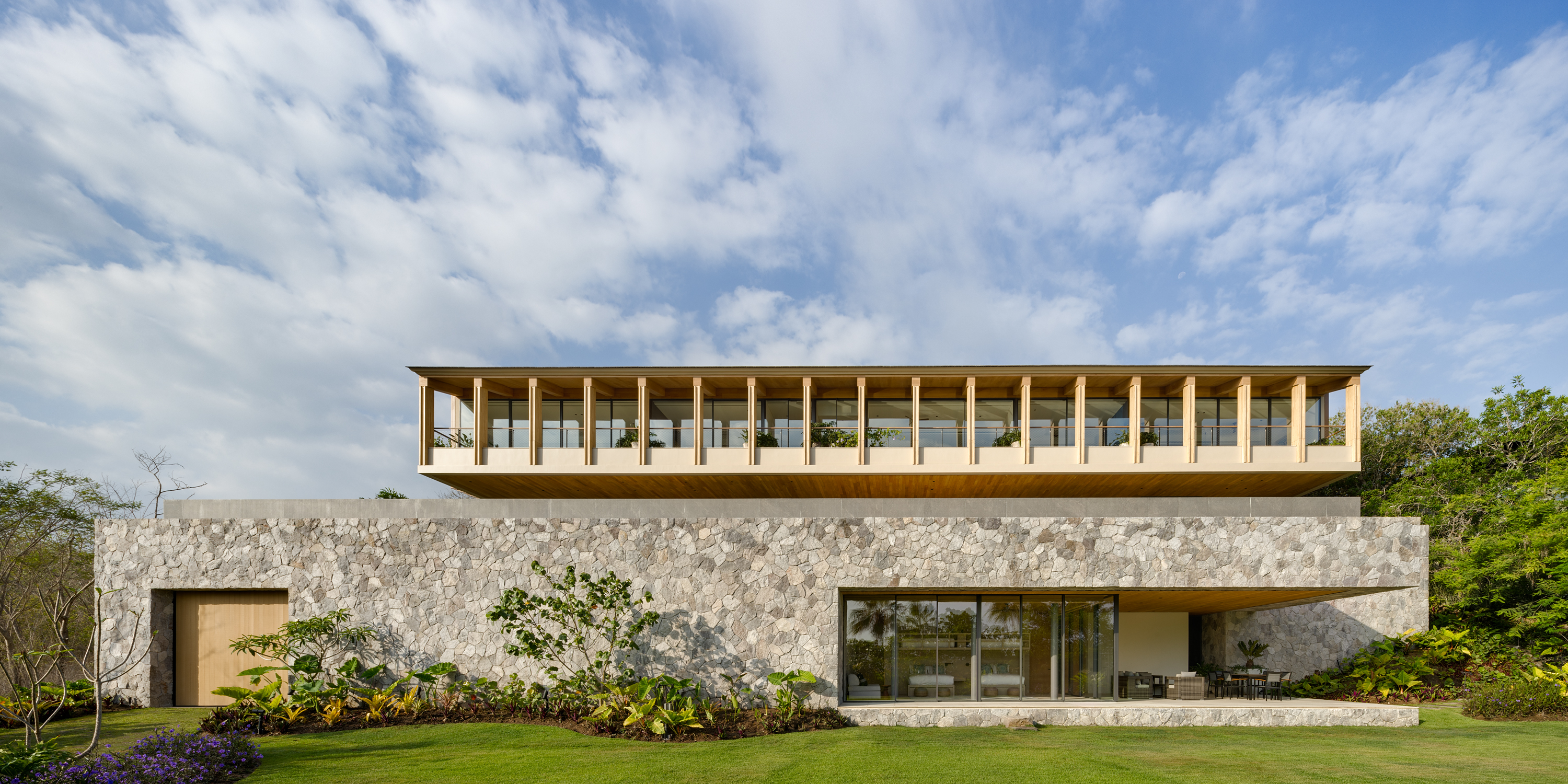 Enjoy whale watching from this east coast villa in Mexico, a contemporary oceanside gem
Enjoy whale watching from this east coast villa in Mexico, a contemporary oceanside gemEast coast villa Casa Tupika in Riviera Nayarit, Mexico, is designed by architecture studios BLANCASMORAN and Rzero to be in harmony with its coastal and tropical context
By Tianna Williams Published
-
 Architect Sou Fujimoto explains how the ‘idea of the forest’ is central to everything
Architect Sou Fujimoto explains how the ‘idea of the forest’ is central to everythingSou Fujimoto has been masterminding the upcoming Expo 2025 Osaka for the past five years, as the site’s design producer. To mark the 2025 Wallpaper* Design Awards, the Japanese architect talks to us about 2024, the year ahead, and materiality, nature, diversity and technological advances
By Sou Fujimoto Published
-
 Lesley Lokko reviews 2024's wins, shifts, tensions and opportunities for 2025
Lesley Lokko reviews 2024's wins, shifts, tensions and opportunities for 2025Lesley Lokko, the British-Ghanaian architect, educator, curator, and founder and director of the African Futures Institute (AFI), has been an inspirational presence in architecture in 2024; which makes her perfectly placed to discuss the year, marking the 2025 Wallpaper* Design Awards
By Lesley Lokko Published
-
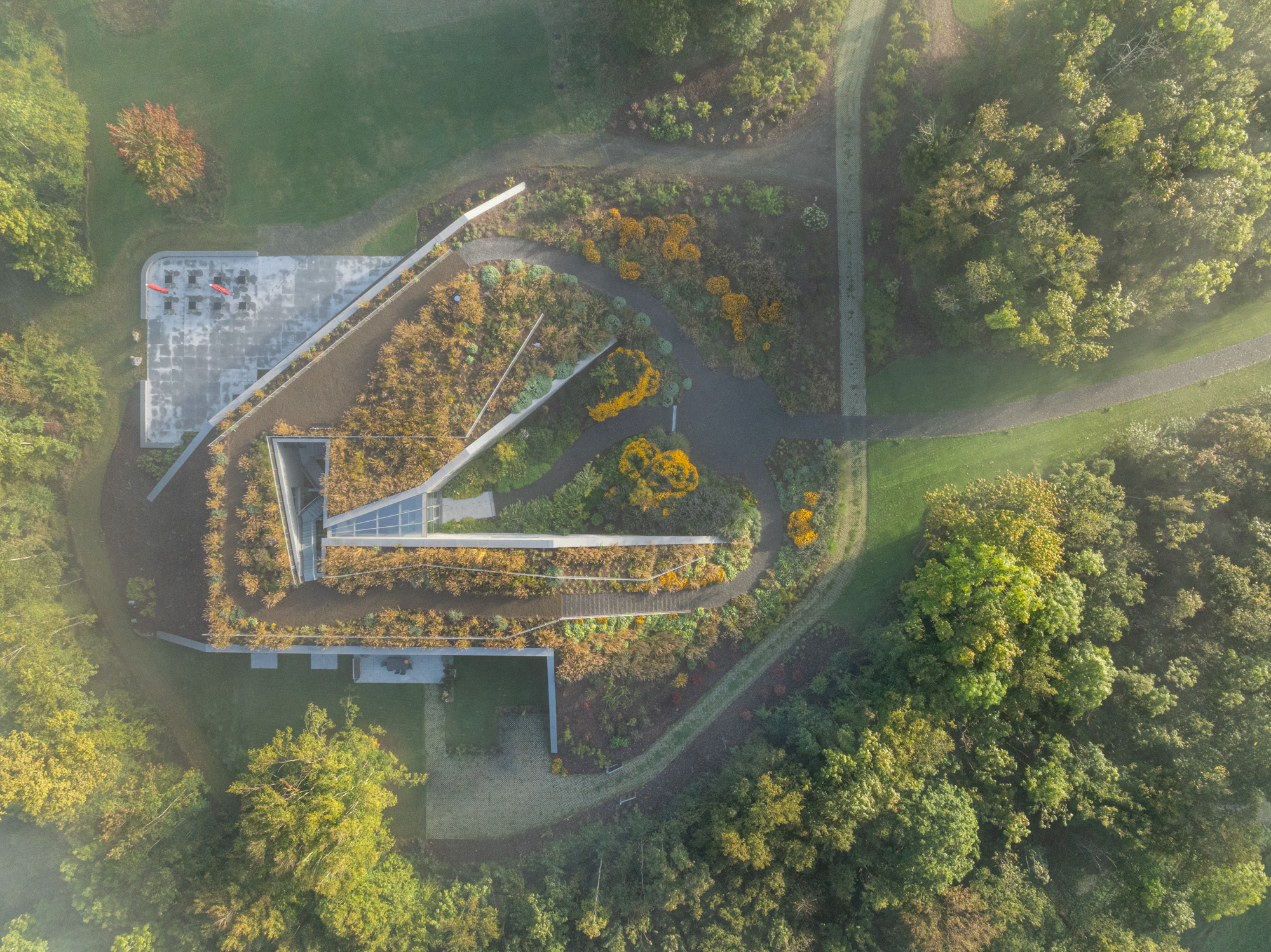 Tour Marche Arboretum, a new 'museum' of plants in Belgium
Tour Marche Arboretum, a new 'museum' of plants in BelgiumMarche Arboretum is a joyful new green space in Belgium, dedicated to nature and science – and a Wallpaper* Design Award 2025 winner
By Ellie Stathaki Published
-
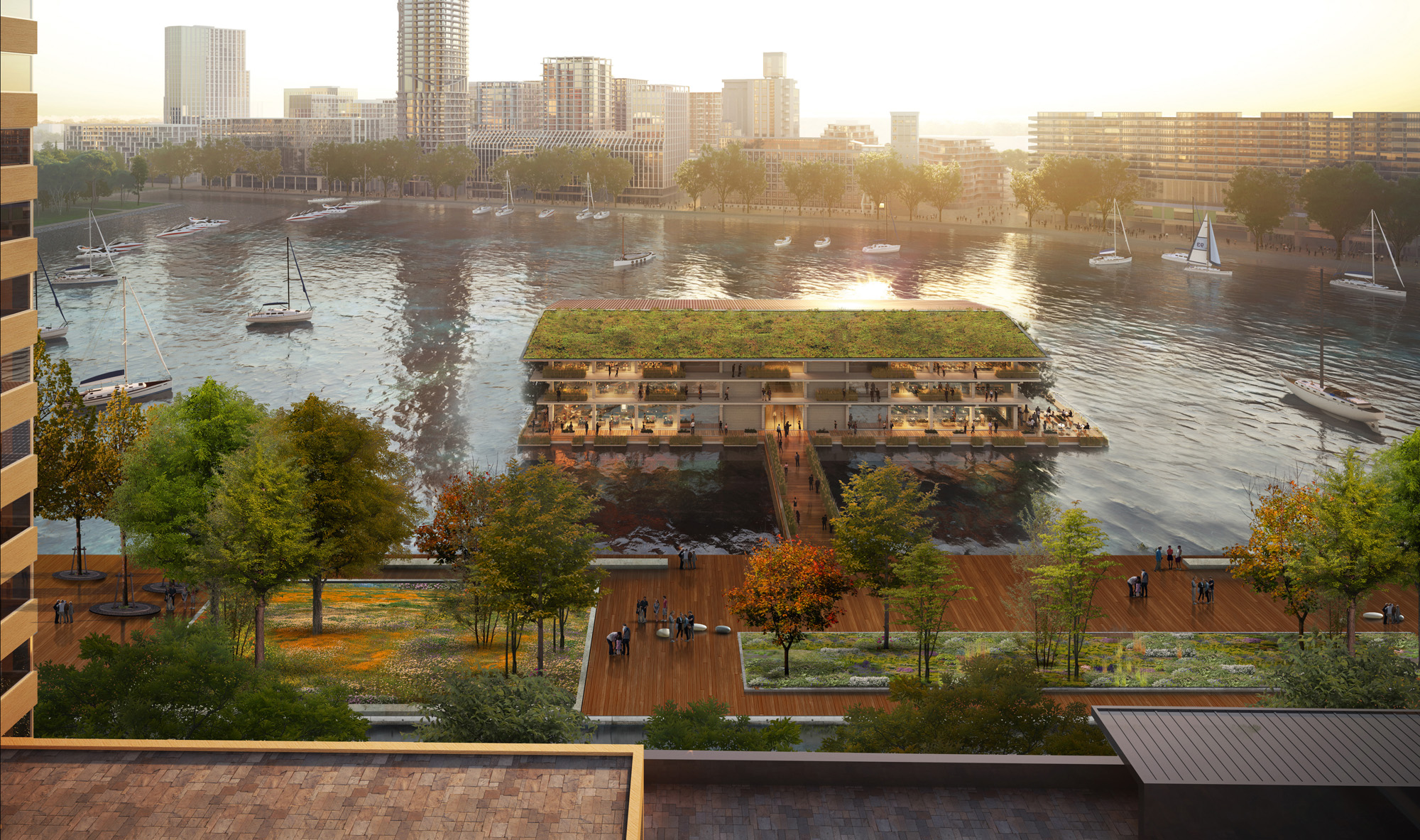 Rotterdam’s urban rethink makes it the city of 2025
Rotterdam’s urban rethink makes it the city of 2025We travel to Rotterdam, honoured in the Wallpaper* Design Awards 2025, and look at the urban action the Dutch city is taking to future-proof its environment for people and nature
By Ellie Stathaki Published